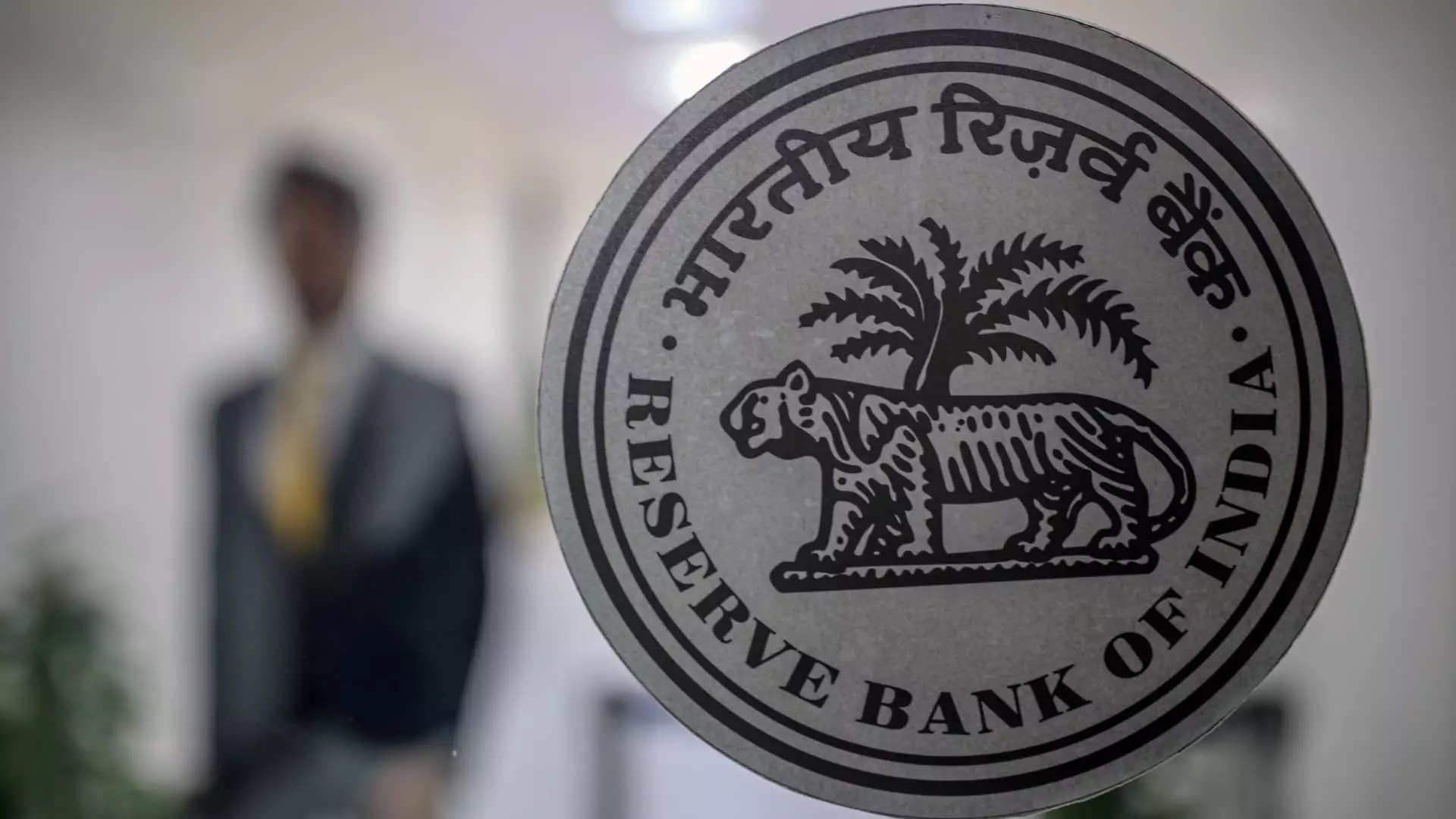In an era marked by economic fluctuations, India’s central bank, the Reserve Bank of India (RBI), has announced its decision to maintain the benchmark interest rate at 6.50%. This move comes amidst increasing pressures from rising inflation, which has surged to a 14-month high of 6.21% as of October. While this rate aligns with prevailing expectations from economists, it reflects a broader concern regarding the delicate balance the RBI must strike between controlling inflation and fostering economic growth in Asia’s third-largest economy.
The inflation rate has eclipsed the RBI’s target of 4%, as well as its tolerance limit of 6%. This discrepancy raises red flags for the central bank, which must find means to curb rising prices without stifling growth. Such inflationary pressures affect a wide array of sectors, ultimately impacting consumer spending and investor confidence.
Amidst these inflationary concerns, RBI Governor Shaktikanta Das has revised the country’s GDP growth outlook for the fiscal year 2025, lowering the forecast from 7.2% to 6.6%. This downward revision underscores the challenges the domestic economy is currently facing. Recent data indicates that India’s economy grew by merely 5.4% year-over-year during the July to September period, a significant shortfall from the anticipated 6.5%. This slowdown denotes the lowest growth rate recorded in almost two years, igniting speculation about the long-term sustainability of current economic policies.
The central bank acknowledged that the economic slowdown experienced in previous quarters has “bottomed out,” but concerns remain that existing policies might hinder recovery. The call for a lower interest rate has escalated, as both Finance Minister Nirmala Sitharaman and Trade Minister Piyush Goyal have urged the need for more affordable borrowing costs. Their emphasis on making loans accessible aligns with the necessity to stimulate lending demand and invigorate a sluggish economy.
Shifting Monetary Policy and Its Implications
While the RBI has maintained its interest rate since February of last year, the current economic strain presents a more complex challenge for the institution. In response to market dynamics, the central bank has reduced banks’ cash reserve ratio by 50 basis points to 4%, a strategic measure designed to enhance liquidity within the economy. This shift aims to ensure that banks can better support lending to businesses and individuals, potentially reviving stagnant economic growth.
Despite the urgent pleas from government officials and experts alike, Governor Das has dismissed the possibility of immediate rate cuts. He described such measures as “very premature” and “very, very risky,” highlighting a cautious approach in times of economic uncertainty. The governor’s reluctance to follow the international trend of easing monetary policies may raise eyebrows, especially given the rupee’s recent decline against the dollar, which hit record lows. Easing monetary conditions could exacerbate currency pressures and lead to capital flight, further complicating the economic landscape.
Following the RBI’s announcement, the Indian rupee stabilized around 84.666 against the dollar, while the Nifty 50 index bounced back from earlier losses to trade level. The benchmark index’s modest recovery remains a silver lining in otherwise turbulent economic circumstances, reflecting some degree of market resilience. Notably, the index has appreciated by 13.7% since the start of the year, in contrast to the broader MSCI Asia ex Japan index, which has fallen by about 12% in the same period.
Recent trends in the bond market also indicate investor sentiment towards more stable yields. The 10-year benchmark bond yield fell to 6.677%, the lowest level since early 2022, signifying a cautious optimism among investors. However, the ripple effects of RBI’s monetary stance will likely continue to shape market dynamics in the upcoming months.
As India navigates the complexities of its economic environment, the RBI’s strategy reflects a balancing act that prioritizes stability. Maintaining the interest rate amidst rising inflation illustrates a grounding in orthodox monetary policy approaches, yet the pressure to catalyze growth persists. Policymakers must navigate the turbulent waters ahead, engaging with stakeholders and determining the best strategies to stimulate growth without exacerbating inflationary challenges. The coming months will be telling as various indicators will reveal the effectiveness of these decisions amid an ever-evolving economic landscape.

Leave a Reply